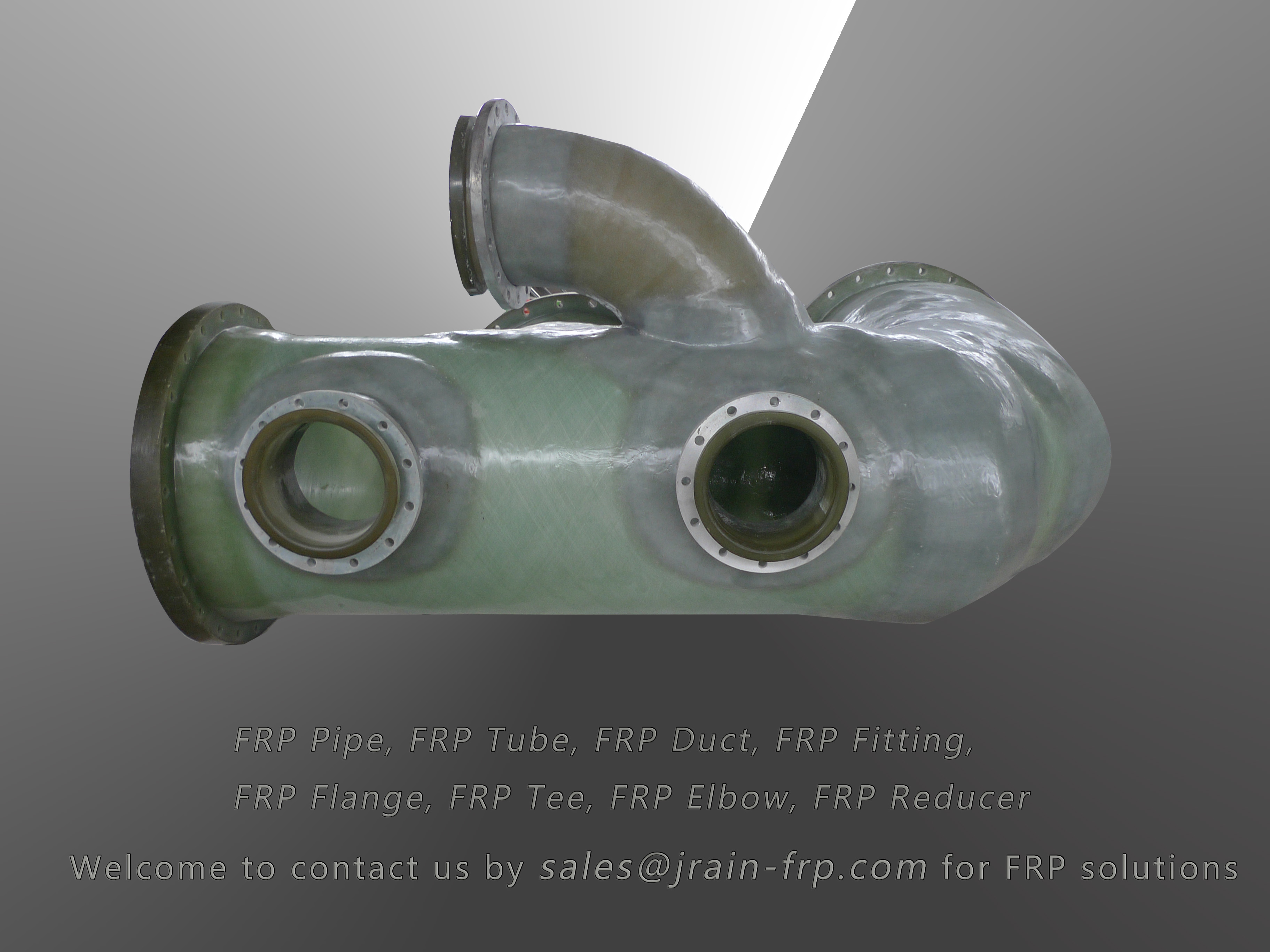
-
 Afrikaans
Afrikaans -
 Albanian
Albanian -
 Amharic
Amharic -
 Arabic
Arabic -
 Armenian
Armenian -
 Azerbaijani
Azerbaijani -
 Basque
Basque -
 Belarusian
Belarusian -
 Bengali
Bengali -
 Bosnian
Bosnian -
 Bulgarian
Bulgarian -
 Catalan
Catalan -
 Cebuano
Cebuano -
 China
China -
 China (Taiwan)
China (Taiwan) -
 Corsican
Corsican -
 Croatian
Croatian -
 Czech
Czech -
 Danish
Danish -
 Dutch
Dutch -
 English
English -
 Esperanto
Esperanto -
 Estonian
Estonian -
 Finnish
Finnish -
 French
French -
 Frisian
Frisian -
 Galician
Galician -
 Georgian
Georgian -
 German
German -
 Greek
Greek -
 Gujarati
Gujarati -
 Haitian Creole
Haitian Creole -
 hausa
hausa -
 hawaiian
hawaiian -
 Hebrew
Hebrew -
 Hindi
Hindi -
 Miao
Miao -
 Hungarian
Hungarian -
 Icelandic
Icelandic -
 igbo
igbo -
 Indonesian
Indonesian -
 irish
irish -
 Italian
Italian -
 Japanese
Japanese -
 Javanese
Javanese -
 Kannada
Kannada -
 kazakh
kazakh -
 Khmer
Khmer -
 Rwandese
Rwandese -
 Korean
Korean -
 Kurdish
Kurdish -
 Kyrgyz
Kyrgyz -
 Lao
Lao -
 Latin
Latin -
 Latvian
Latvian -
 Lithuanian
Lithuanian -
 Luxembourgish
Luxembourgish -
 Macedonian
Macedonian -
 Malgashi
Malgashi -
 Malay
Malay -
 Malayalam
Malayalam -
 Maltese
Maltese -
 Maori
Maori -
 Marathi
Marathi -
 Mongolian
Mongolian -
 Myanmar
Myanmar -
 Nepali
Nepali -
 Norwegian
Norwegian -
 Norwegian
Norwegian -
 Occitan
Occitan -
 Pashto
Pashto -
 Persian
Persian -
 Polish
Polish -
 Portuguese
Portuguese -
 Punjabi
Punjabi -
 Romanian
Romanian -
 Russian
Russian -
 Samoan
Samoan -
 Scottish Gaelic
Scottish Gaelic -
 Serbian
Serbian -
 Sesotho
Sesotho -
 Shona
Shona -
 Sindhi
Sindhi -
 Sinhala
Sinhala -
 Slovak
Slovak -
 Slovenian
Slovenian -
 Somali
Somali -
 Spanish
Spanish -
 Sundanese
Sundanese -
 Swahili
Swahili -
 Swedish
Swedish -
 Tagalog
Tagalog -
 Tajik
Tajik -
 Tamil
Tamil -
 Tatar
Tatar -
 Telugu
Telugu -
 Thai
Thai -
 Turkish
Turkish -
 Turkmen
Turkmen -
 Ukrainian
Ukrainian -
 Urdu
Urdu -
 Uighur
Uighur -
 Uzbek
Uzbek -
 Vietnamese
Vietnamese -
 Welsh
Welsh -
 Bantu
Bantu -
 Yiddish
Yiddish -
 Yoruba
Yoruba -
 Zulu
Zulu
High-Quality Anchoring Drilling Rods and Bits for Precision Drilling
Anchoring Drilling Rod and Bits A Comprehensive Overview
Anchoring drilling rods and bits play a crucial role in various drilling applications, particularly in construction, mining, and geological exploration. These essential tools are designed to penetrate different types of substrates, provide stability, and ensure accurate drilling. Understanding their functionality and value is important for professionals in related fields.
The Anatomy of Drilling Rods
Drilling rods serve as the structural component that connects the drilling rig to the drill bit. Typically made from high-strength steel or composite materials, these rods are engineered to withstand significant torque and tension during drilling operations. They come in various lengths and diameters, tailored to specific applications. The design of the rod's threads also facilitates easy connection between multiple rods, ensuring a continuous drilling process.
One of the key features of anchoring drilling rods is their ability to stabilize the drill bit during operation. By maintaining alignment and reducing lateral movement, they enhance drilling efficiency and prolong the lifespan of the bit. This stabilization is particularly crucial in soft or loose substrates where the risk of collapse is higher.
The Function of Drilling Bits
Drilling bits are the cutting tools attached to the ends of drilling rods. They play a crucial role in breaking through rock, soil, or concrete. There are several types of bits designed for different conditions, including
2. Polycrystalline Diamond Bits (PDC) These bits feature synthetic diamonds, providing exceptional durability and cutting efficiency. They are perfect for drilling through softer rock and shale.
anchoring drilling rod and bits

3. Anchor Bits Specifically designed for anchoring applications, these bits create holes for anchors in various substrates. They help secure structures and ensure their stability in earthquake-prone areas.
Choosing the right bit for the job is essential, as it directly impacts the speed and efficiency of drilling operations. Selecting the wrong type can lead to increased wear and tear, ultimately resulting in higher operational costs.
Applications in Various Industries
Anchoring drilling rods and bits are utilized across numerous industries. In construction, they are vital for securing foundations, retaining walls, and other structures that require stability. In mining, these tools facilitate the extraction of minerals and resources by penetrating rock layers efficiently. In environmental engineering and geological exploration, they assist in sampling soil and rock formations, providing essential data for site assessments.
Innovations and Future Trends
With advancements in technology, the anchoring drilling industry is witnessing innovations that enhance performance and efficiency. The development of smart drilling bits equipped with sensors allows for real-time monitoring of drilling conditions, which can help in decision-making processes and optimize operations. Furthermore, the use of eco-friendly materials and designs is gaining traction as industries strive to reduce their environmental impact.
Conclusion
Anchoring drilling rods and bits are fundamental to the success of various drilling operations. Their role in ensuring structural stability, efficiency, and effective material penetration cannot be overstated. As technology continues to advance, the potential for more efficient and sustainable drilling practices will likely transform how these tools are used across industries. Understanding these components is essential for professionals aiming to leverage their capabilities for improved outcomes in their respective fields.
Latest news
-
Exploring the Benefits of Top Hammer Drifter Rods for Enhanced Drilling PerformanceNewsJun.10,2025
-
High-Precision Fiberglass Winding Machine for GRP/FRP Pipe Production – Reliable & Efficient SolutionsNewsJun.10,2025
-
FRP Pipes & Fittings for Shipbuilding - Corrosion-Resistant & LightweightNewsJun.09,2025
-
Premium FRP Flooring Solutions Durable & Slip-ResistantNewsJun.09,2025
-
Premium Fiberglass Rectangular Tanks Durable & Lightweight SolutionNewsJun.09,2025
-
Tapered Drill String Design Guide Durable Performance & UsesNewsJun.09,2025









